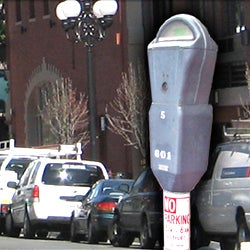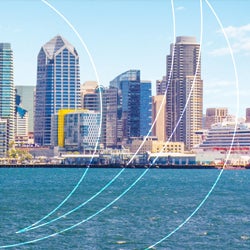History of the Preserve
Humans have found the canyons attractive for over 6,000 years. Remains of the prehistoric La Jolla culture and the more recent Kumeyaay (Northern Diegueño) Indians can still be found. The Rancho de los Peñasquitos was the first Mexican land grant in California, granted to Francisco de Maria Ruiz, who in 1815 built what is known as the Ruiz-Alvarado Adobe near the confluence of Los Peñasquitos and Lopez canyons. Part of this adobe is still standing. In the 1840s, the Lopez family homesteaded in the nearby canyon, which was named for them and where they tended livestock for the next hundred years.
Around 1860, Ruiz's heirs built the elaborate Johnson-Taylor Adobe and its outbuildings near an artesian well in the east end of Los Peñasquitos Canyon. A series of owners used the rancho for cattle grazing during the following century, including Charles Mohnike, who built the Mohnike Adobe in 1910, east of what is now Black Mountain Road.
In 1962, the Rancho was sold to Peñasquitos Inc. The North City area of San Diego was coming under increasing pressure from burgeoning urban population, but the company's intention to develop the canyon for residential use soon came into conflict with City and County desires to establish it as a regional park.
In 1970, the County and City of San Diego, using a grant from the U.S. Department of Housing and Urban Development, sponsored the Land Acquisition Report for Los Peñasquitos Regional Park, which recommended the acquisition of 3,400 acres of Los Peñasquitos Canyon for park and open space use. In 1974, the County purchased 193 acres in the canyons as part of this effort.
By 1982, the City of San Diego became the principal landowner; acquisition continues presently.























